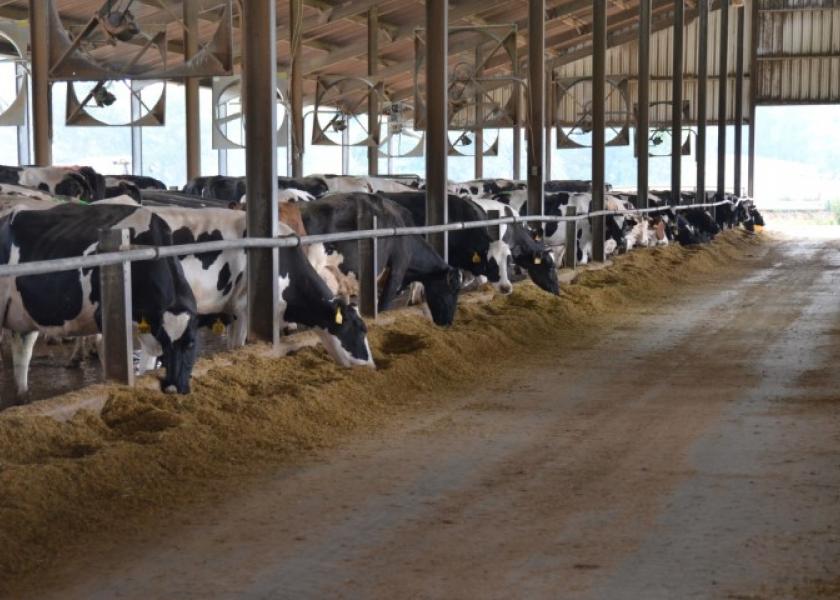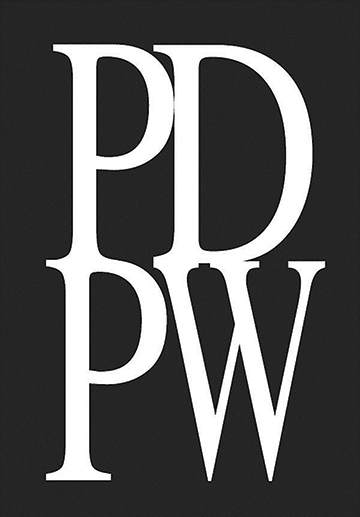Dry Cows Most Important Group to Keep Cool

Many regions in the U.S. experienced weeks of summer-like temperatures before the season officially began. For dairy producers, hot weather means implementing heat-abatement protocols. While many approaches are similar, not all are effective.
Dr. Geoffrey Dahl, Harriet B. Weeks Professor in the Department of Animal Sciences at the University of Florida, recently offered insights and practical tips to manage heat stress in cattle. The June 9 episode of PDPW’s The Dairy Signal™ also addressed best practices for cooling cattle when temperatures climb above a cow’s normal body temperature of 38.7° Celsius (101.8° Fahrenheit).
Perhaps unintuitively, dry cows and springing heifers are the most important groups on a dairy to protect. As it turns out, the impacts of heat stress are worse for unborn calves than their heat-stressed dams. The insults have been shown to persist into the next generation, as well.
“We see a negative impact on those calves’ performance in their first, second and third lactations – it doesn’t matter how we manage them; we have impacted those animals for life,” Dahl said.
Despite the best efforts producers might put forth to protect this group of cattle, he noted “they’re always going to be at a lower baseline of productivity.”
Because heat stress negatively impacts production, fertility, feed intake and immune-system response immediately and in the long-term, it’s critical to provide relief in a variety of ways. Primary among them is giving cows access to plenty of clean water in multiple locations. Cows require 35 to 45 gallons per day and they typically prefer to drink at the same times and places as other cows, so ensuring there is ample space for multiple cows to drink simultaneously is also important.
Another key consideration is the method of cooling cows. Sprinkling or soaking cows without the use of fans is not enough. Likewise, using fans without soaking cows is not enough.
“I would say the only effective way to get those cows cooled down is through the combination of air movement and water application,” Dahl said.
Dahl’s suggestion is to soak cows not just with a fine mist but “with large droplets that penetrate through the hair to the skin.”
Also, it’s best to apply the water at the feedline and have the fans blowing over them in the free stalls.
“We want the animals soaked, not just wet,” Dahl said. “We don’t want the stalls wet, we want the wet cows there with fans on them.”
In addition, Dahl encourages monitoring the respiration rates of cattle to assess their response to hot weather. To do so, watch breathing rates over the course of a few days during different times throughout the day. Respiration rates higher than 60 per minute are an indicator of heat stress.
For more details on heat-abatement logistics regarding soaking cows, providing enough fresh drinking water, as well as more data on the impact of heat stress on fertility, milk production, somatic cell counts, performance of offspring, the inclusion of feed additives, reductions in dry matter intake and more, watch or download “Are you ready for the heat?” All other episodes of The Dairy Signal™, including audio and video downloads, can be viewed here.
About PDPW
Professional Dairy Producers® (PDPW) is the nation's largest dairy producer-led organization of its kind, focusing on producer professionalism, stakeholder engagement and unified outreach to share ideas, solutions, resources, and experiences that help dairy producers succeed.
Watch The Dairy Signal™ at 12:00-1:00 P.M. CT each Tuesday, Wednesday and Thursday.








